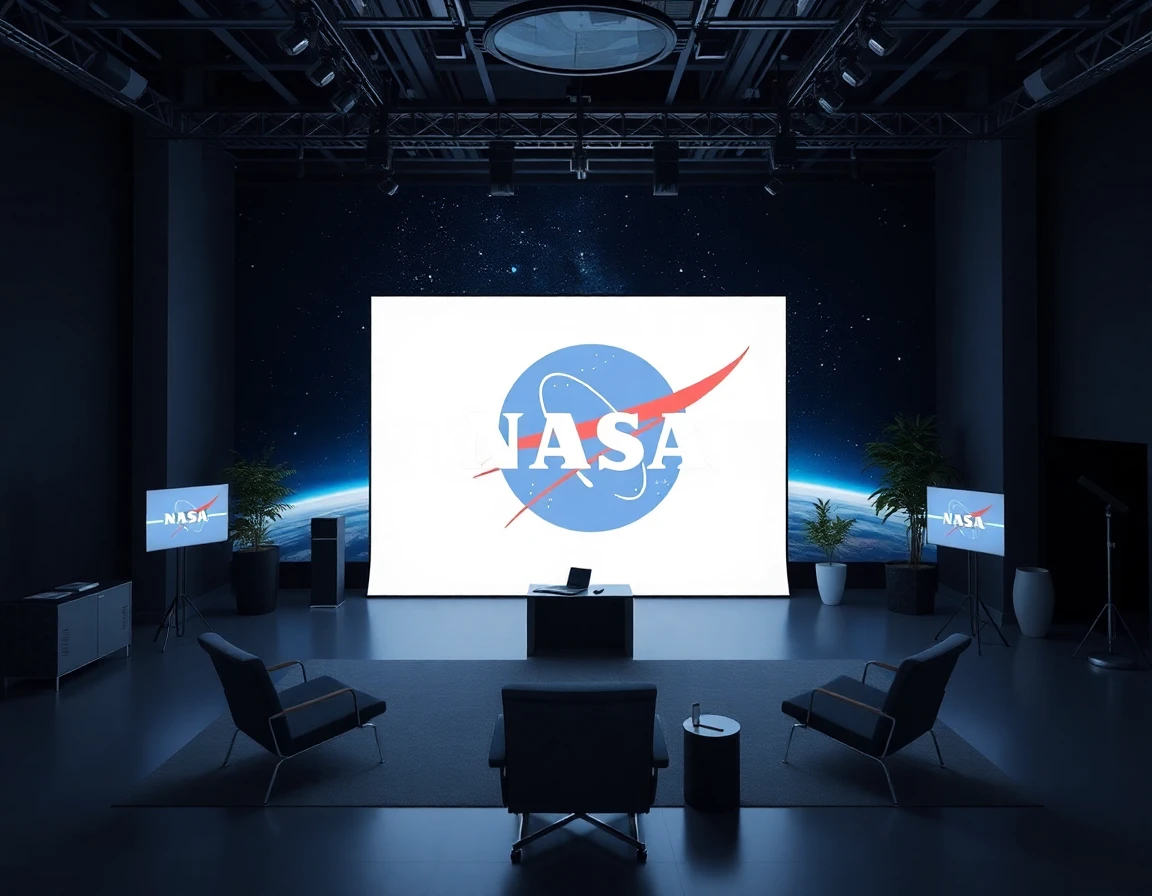NASA’s Artemis program is poised to redefine human exploration in space, aiming to return humans to the Moon and eventually send astronauts to Mars. As the program progresses, it is imperative to evaluate the next steps required to ensure its success. Drawing from my experience leading NASA’s human exploration program, I will outline critical components necessary for Artemis to thrive in its ambitious mission.
Understanding the Artemis Program
Launched in 2019, NASA’s Artemis program is a cornerstone of the agency’s strategy to establish a sustainable human presence on the Moon by the end of the decade. The program not only aims to land the first woman and the next man on the lunar surface but also to set the stage for future human missions to Mars.
Key Objectives of the Artemis Program
- Sustainable Lunar Exploration: Establishing a long-term presence on the Moon through the Artemis Base Camp.
- International Collaboration: Partnering with global space agencies and commercial partners to enhance capabilities.
- Technological Advancements: Developing new technologies that will support both lunar and Martian missions.
Essential Technologies for Artemis’ Success
To realize its ambitious goals, NASA must focus on several key technologies that are critical for the Artemis program.
Advanced Navigation Systems
One of the cornerstones of successful lunar and deep-space missions is precise navigation. Advanced inertial navigation systems are essential for ensuring that spacecraft can navigate accurately in the complex gravitational environment of the Moon. These systems allow for real-time tracking of spacecraft trajectories, enhancing mission safety and efficiency.
Precision Motion Sensing
High-precision accelerometers play a vital role in motion sensing for both the Orion spacecraft and lunar landers. These devices measure acceleration forces, allowing for precise adjustments during landing and ascent phases. The ability to gather accurate motion data is crucial for ensuring safe and reliable operations in the challenging lunar landscape.
Thermal Management Systems
The Moon presents extreme temperature variations, necessitating advanced thermal management systems to protect astronauts and equipment. These systems must maintain operational temperatures for life support systems, scientific instruments, and habitation modules, ensuring that missions can be conducted safely and effectively.
Expert Insights on Artemis’ Future
As we look ahead, experts in the field stress the importance of continuous innovation. Dr. Jane Holloway, a leading aerospace engineer and former NASA consultant, stated, “For Artemis to achieve its goals, we must invest in robust systems that not only support lunar operations but also pave the way for Mars missions. This includes enhancing our propulsion technologies and ensuring our life support systems are resilient.”
Collaboration and Partnerships
Collaboration will also be key to the success of the Artemis program. NASA has already formed partnerships with various commercial space companies and international space agencies. Such alliances can accelerate development timelines and share the burden of research and development costs.
Future Impacts of the Artemis Program
The implications of a successful Artemis program extend beyond lunar exploration. Establishing a sustainable presence on the Moon will provide invaluable experience for future Mars missions. Additionally, the technologies developed for Artemis could have significant applications on Earth, ranging from advancements in telecommunications to breakthroughs in materials science.
Conclusion: The Path Forward for NASA’s Artemis Program
In conclusion, NASA’s Artemis program stands at a pivotal crossroads. The next steps involve a concerted effort to enhance navigation, motion sensing, and thermal management technologies. By focusing on these areas, alongside fostering strong partnerships, NASA can ensure the success of its mission to return humans to the Moon and eventually send them to Mars. The journey may be fraught with challenges, but the potential rewards for humanity are boundless.
As we continue to strive for the stars, the Artemis program represents not just a mission to the Moon, but a bold leap into our future as an interplanetary species.



